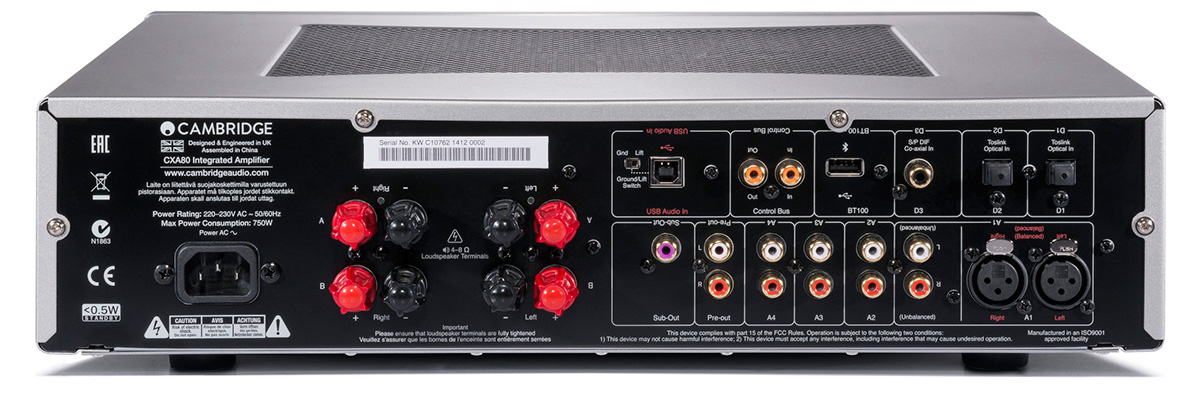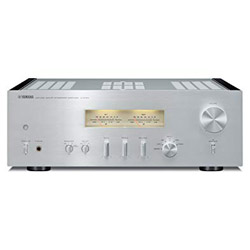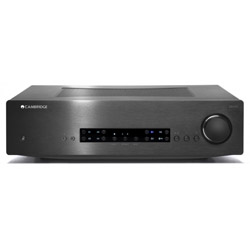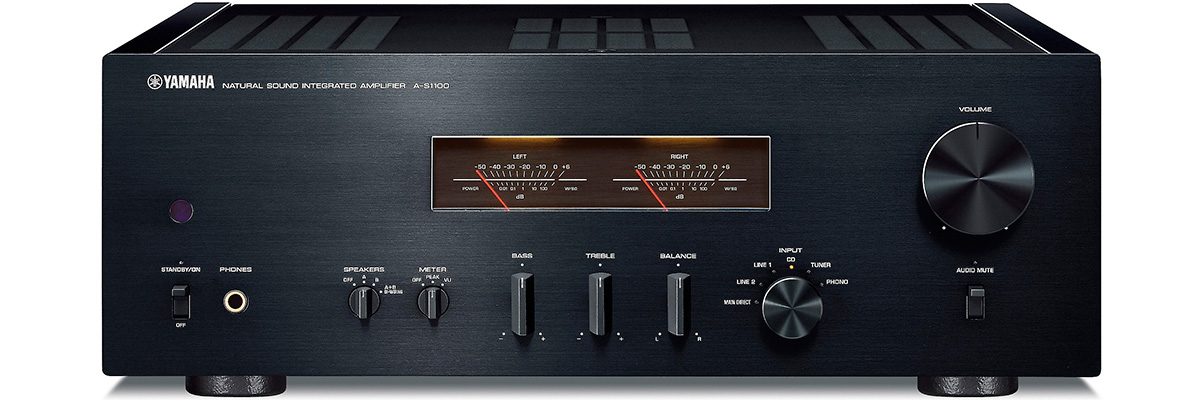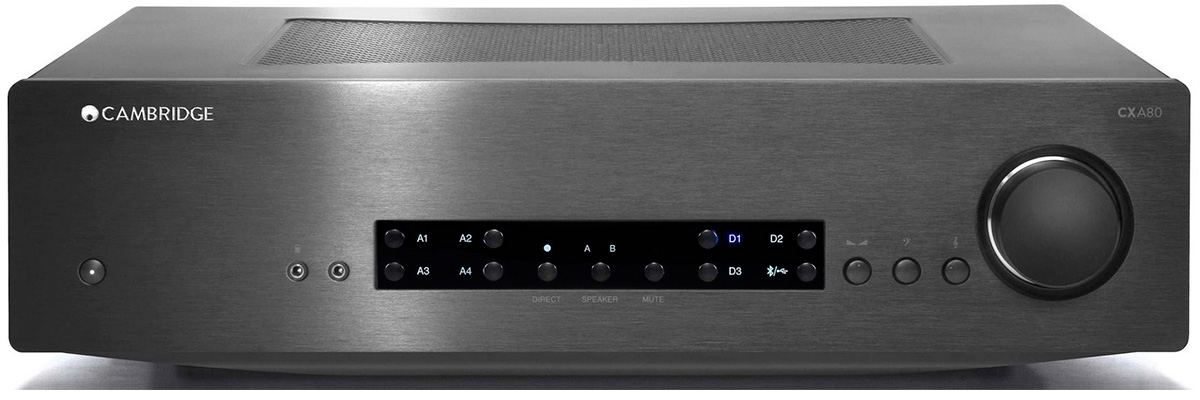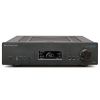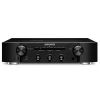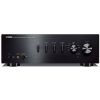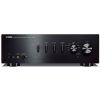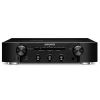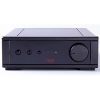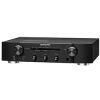Feb 28, 2020
Read More
The amplifier with 105W (8 ohms) power output per channel has the original transformer with an EI core, carefully modified for optimum compatibility with the chassis. The combination of four high-capacity carbon-clad block capacitors provides vibrant sound even at high volume, achievable only with the A-S1100. In addition, since the control amplifier and control system are equipped with twelve local shunt-type regulators, which prevent malfunctions due to current fluctuations, a clean and stable power supply is achieved. The transformer is mounted on the chassis using a brass lining that limits internal vibration, leading to noise. 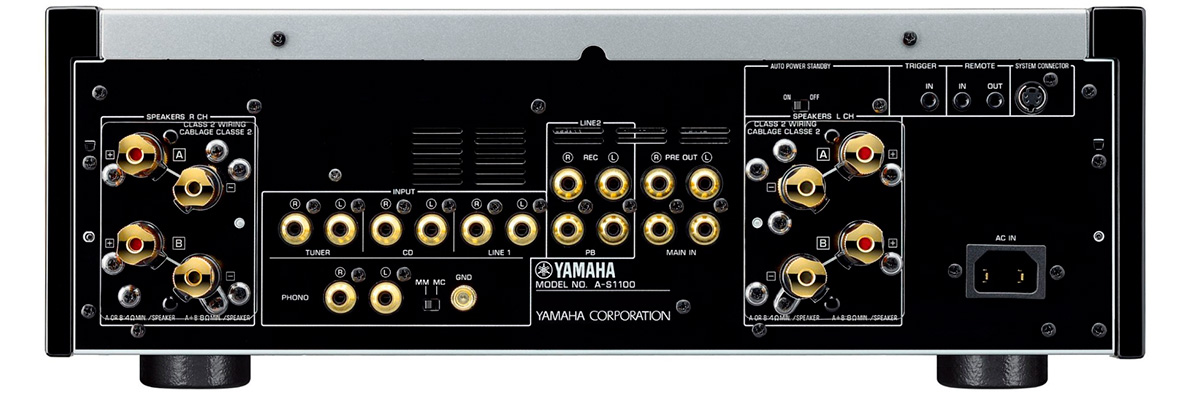
The Cambridge Audio CXA 80 operates in the classic A / B class, and its output stages produce quite a bit of heat. Both channels of the CXA 80 are mounted on separate boards to eliminate crosstalk, including using individual cooling radiators (the principle of "double mono"). A large toroidal transformer is installed in the power supply of the amplifier, the design of which is optimized for use in audio technology. To supply each channel, separate secondary windings are used here. This unit has the power of 40W (8 ohms). There are two XLR inputs and USB. 